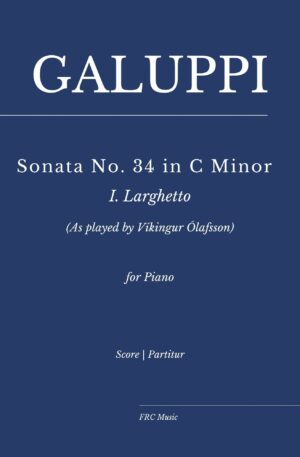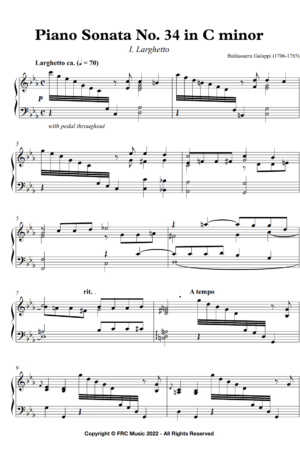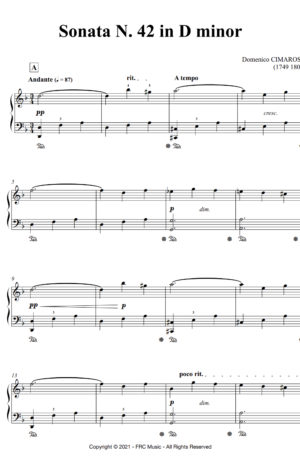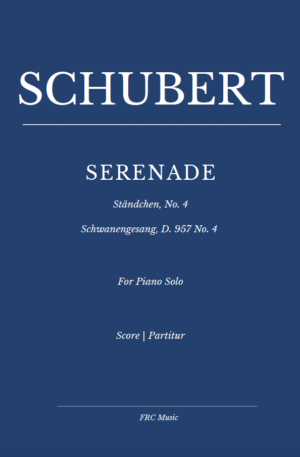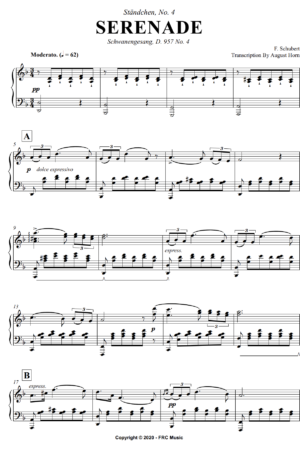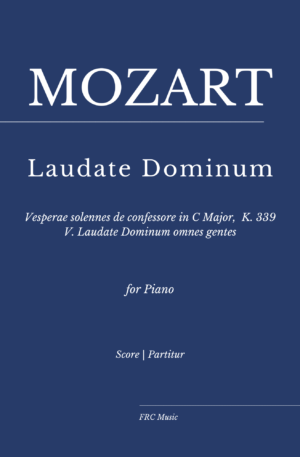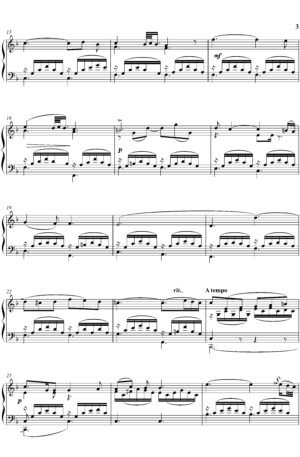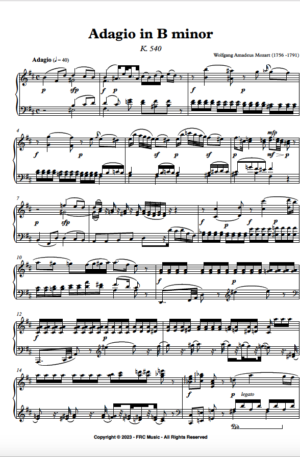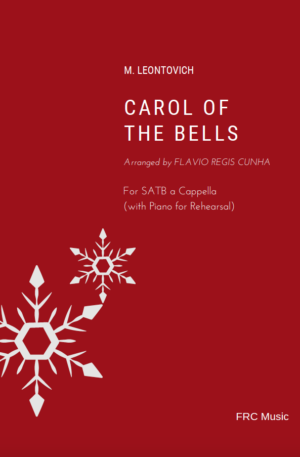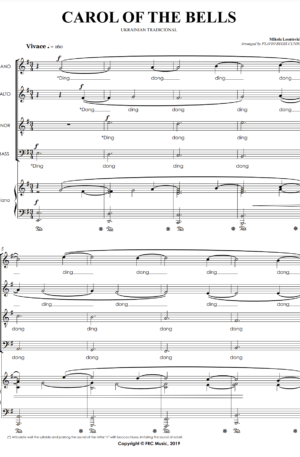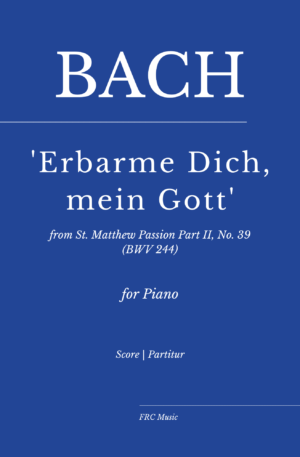No products in the cart.
Description
Ludwig van Beethoven’s Piano Sonata no 8 in C minor, op 13 commonly known as Pathétique (although commonly thought to be one of the few works to be named by the composer himself, it was actually named by the publisher, to Beethoven’s liking) was published in 1799, though written the year before, when the composer was 27 years old. Beethoven dedicated the work to his friend Prince Karl von Lichnowsky. At the time of its publication, Beethoven was pleased with the title Pathétique for his op 13 piano sonata, although in later life, he came to regret it, claiming that all of his works were pathetic.
The Pathétique Sonata is perhaps the earliest of Beethoven’s compositions to achieve widespread and enduring popularity. It is widely represented on the concert programs and recordings of professional pianists. As one of the more famous Beethoven pieces, it has been incorporated into several works of popular culture.
The rondo theme of the second movement is one of the most beautiful and famous tunes in the repertoire. This theme is not merely pretty; it is, after the vicious first movement conclusion, a heroic if melancholy affirmation that life goes on, that beneath sorrow and pain, there is still grace and nobility.
This Adagio movement opens with the famous cantabile (“in a singing style”) melody. This theme is played three times, interspersed with two modulating episodes: the first going from F minor to E flat major, the second from A flat minor to E major. With the final return of the main theme, the accompaniment becomes richer and takes on the triplet rhythm of the second episode. The brief coda’s stylistic diversity is arresting: four bars of Romantic transcendence followed by a strikingly conventional 18th-century close.
YouTube link:

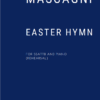
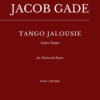
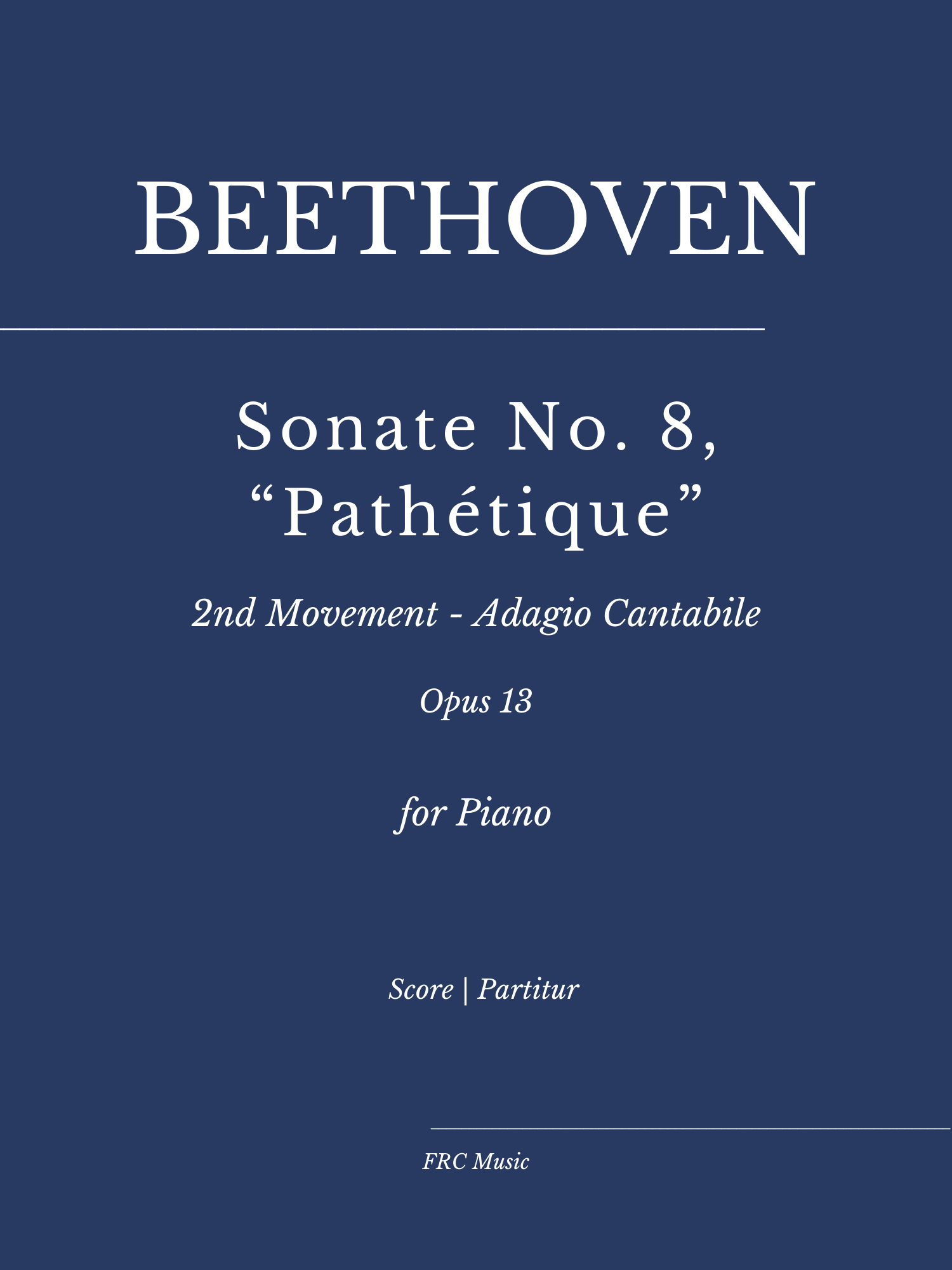
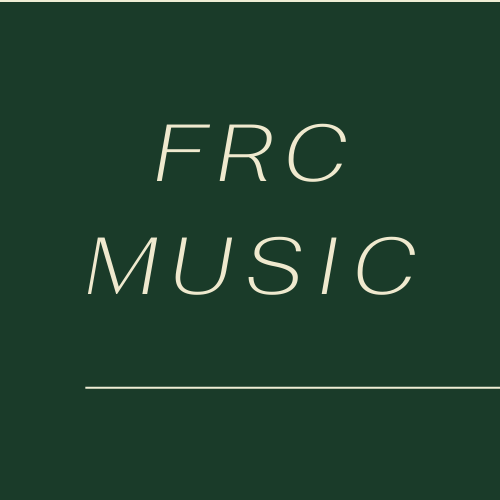
![ANDANTE from Organ Sonata No. 4, BWV 528: II. Andante [Adagio]](https://sheetmusicmarket.s3.us-west-2.amazonaws.com/uploads/2021/05/17101043/Copy-of-Capa-THE-SECRET-LIFE-OF-DAYDREAMS-Piano-SOLO-300x457.png)
![ANDANTE from Organ Sonata No. 4, BWV 528: II. Andante [Adagio]](https://sheetmusicmarket.s3.us-west-2.amazonaws.com/uploads/2021/05/17101545/Andante-1-300x457.png)
![ANDANTE from Organ Sonata No. 4, BWV 528: II. Andante [Adagio]](https://sheetmusicmarket.s3.us-west-2.amazonaws.com/uploads/2021/05/17101601/Andante-3-300x457.png)
![ANDANTE from Organ Sonata No. 4, BWV 528: II. Andante [Adagio]](https://sheetmusicmarket.s3.us-west-2.amazonaws.com/uploads/2021/05/17101552/Andante-2-300x457.png)
